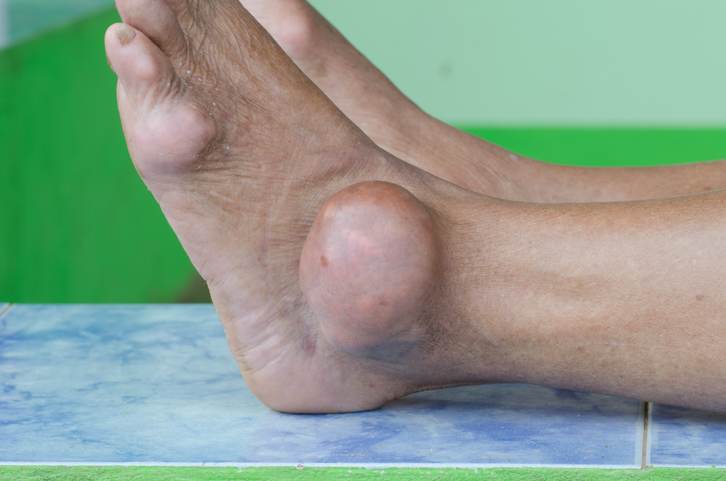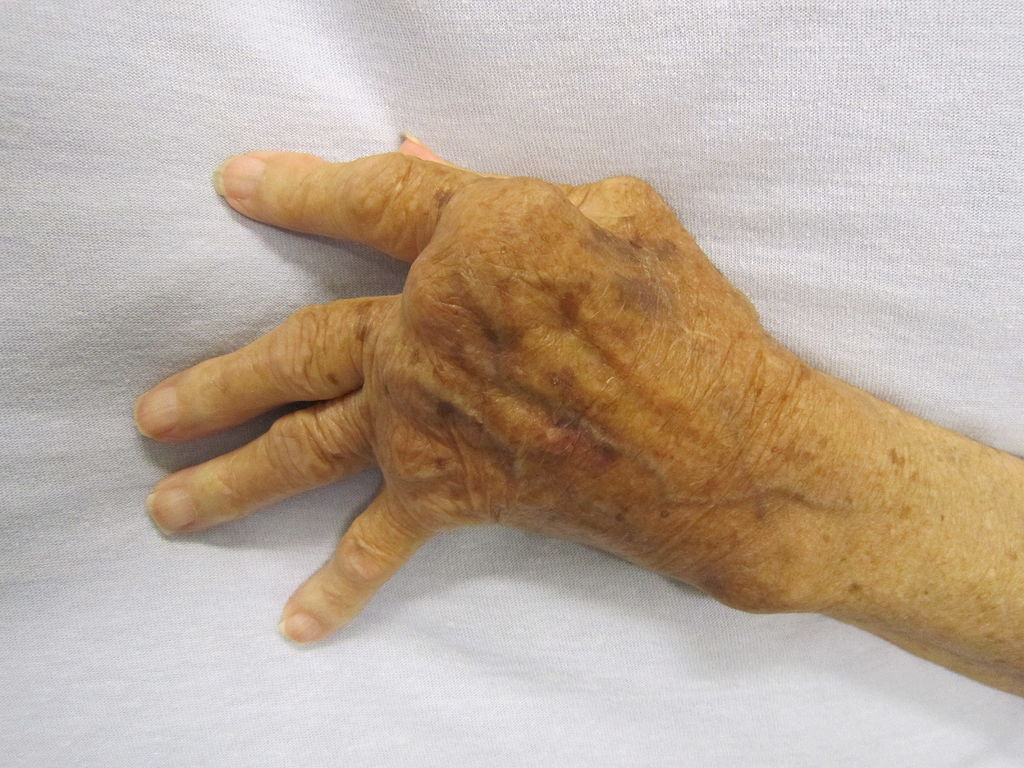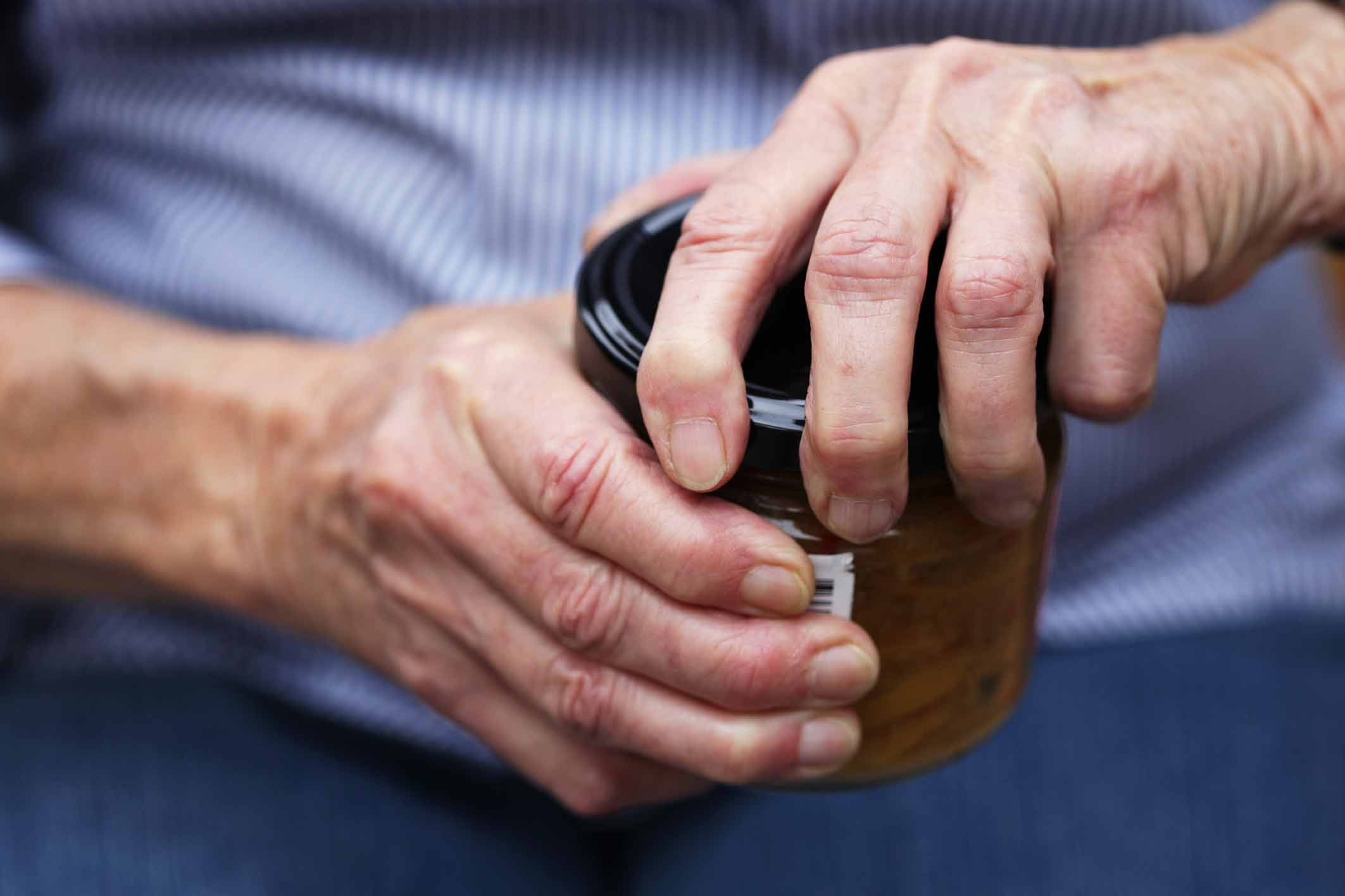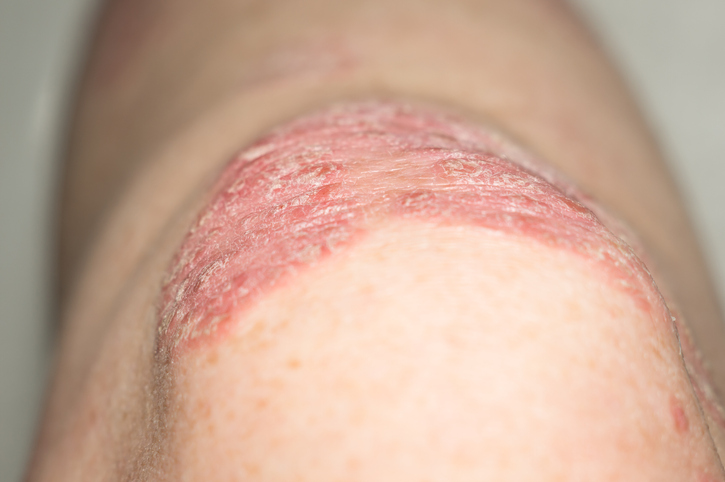Pain
Diagnosing Gout

What is gout?
Gout is a complex form of arthritis that can develop when the blood contains high levels of uric acid. If the body produces too much uric acid or the kidneys excrete too little uric acid, it can build up in the blood and form sharp urate crystals in or around specific joints, most commonly the joint at the base of the big toe.
Gout attacks often occur suddenly and cause intense pain. The affected joint becomes hot, swollen, red, and extremely tender to the touch. A sensation that the joint is “on fire” is common, and even the weight of a sheet on the affected joint is extremely painful. Acute gout attacks typically last 3-10 days. Symptoms are not present between gout attacks. However, if left untreated, gout can become chronic and cause permanent damage to the affected joints.
Diagnosing gout
During the diagnostic process, a health care professional will gather a medical history, including a description of joint pain, location of pain, and duration of pain. A physical exam will also be performed to look for signs of gout (redness and swelling of the affected joint).
Medical tests that may be ordered to determine a gout diagnosis include the following:
- A joint fluid test involves withdrawing fluid from the affected joint. The sample is examined under a microscope to determine if urate crystals are present.
- Blood tests can measure levels of uric acid and creatinine in the blood. However, blood tests do not provide a definitive diagnosis because some people may have symptoms of gout but don’t have high levels of uric acid in their blood while others may have high levels of uric acid and never experience gout.
- X- ray imaging can be used to rule out other causes of inflammation and to identify any joint damage.
- Musculoskeletal ultrasound imaging can detect urate crystals in a joint.
- Dual energy CT scan imaging can detect urate crystals in a joint even if the joint is not inflamed. This test is expensive and not commonly used.
If gout is severe or involves joint damage, a referral may be made to a rheumatologist who can provide more specialized care.


















